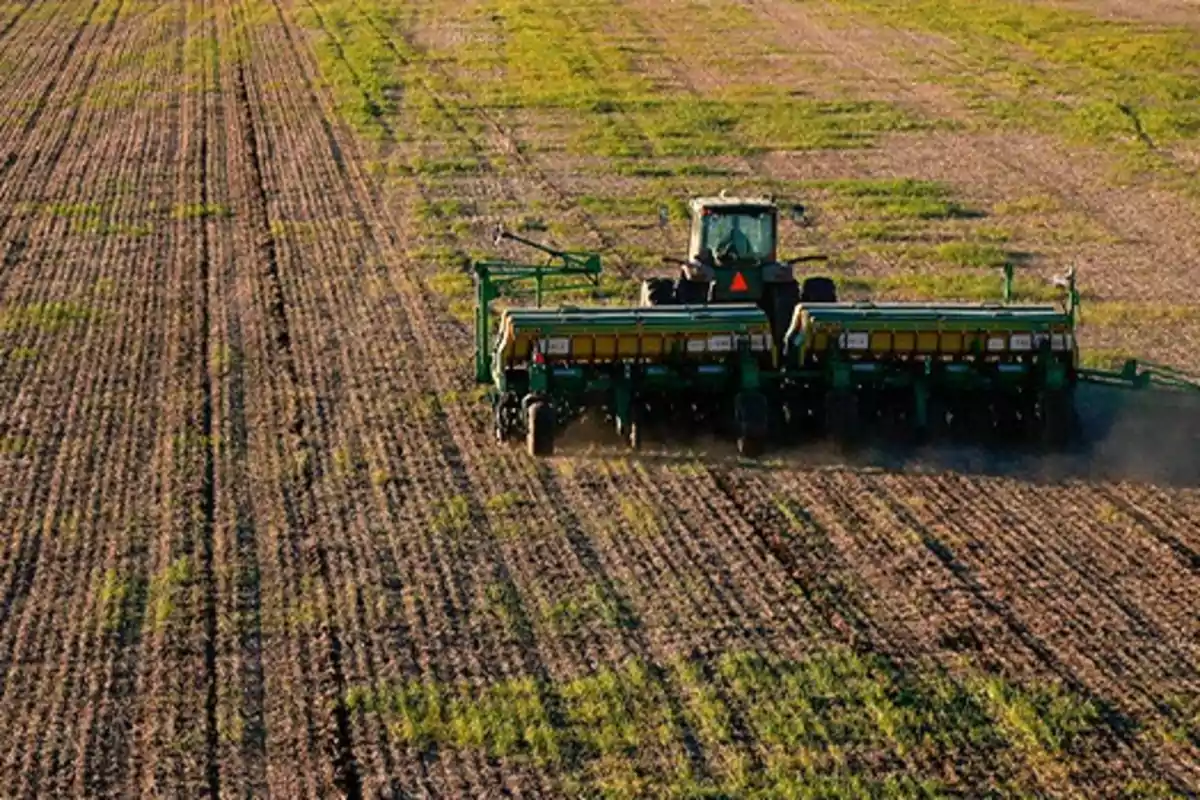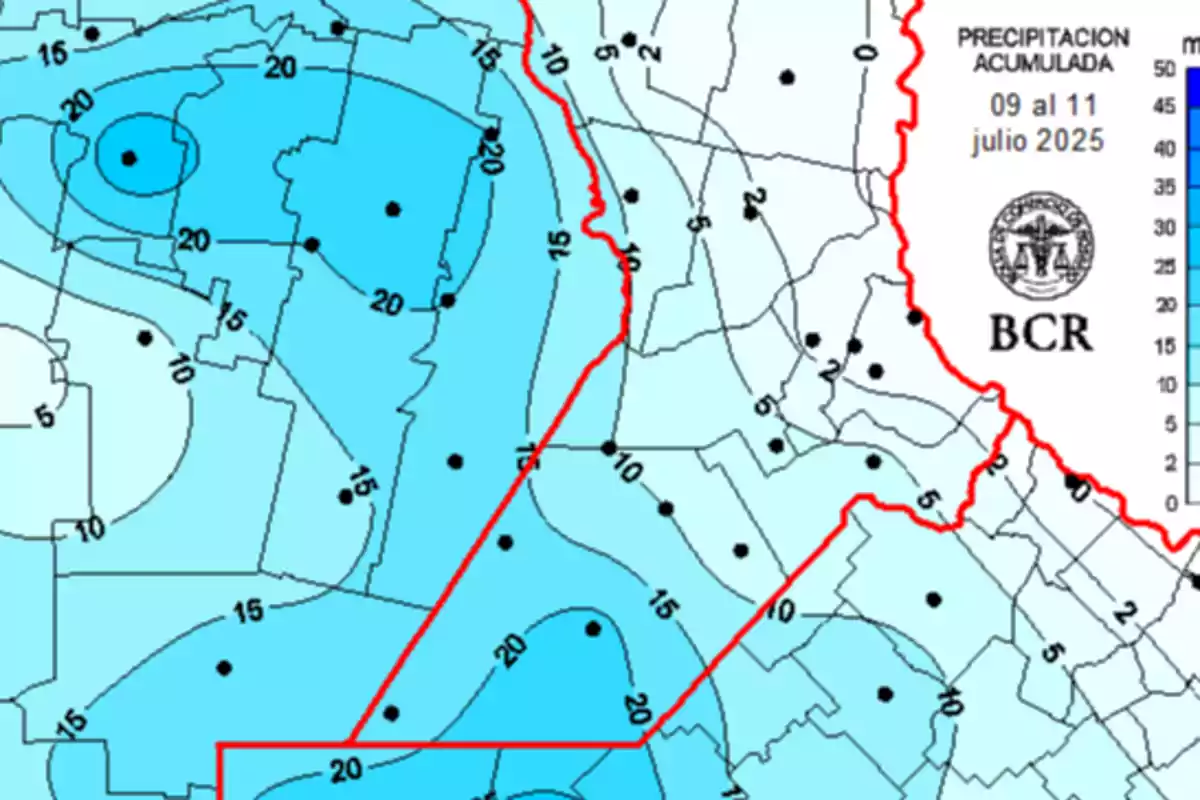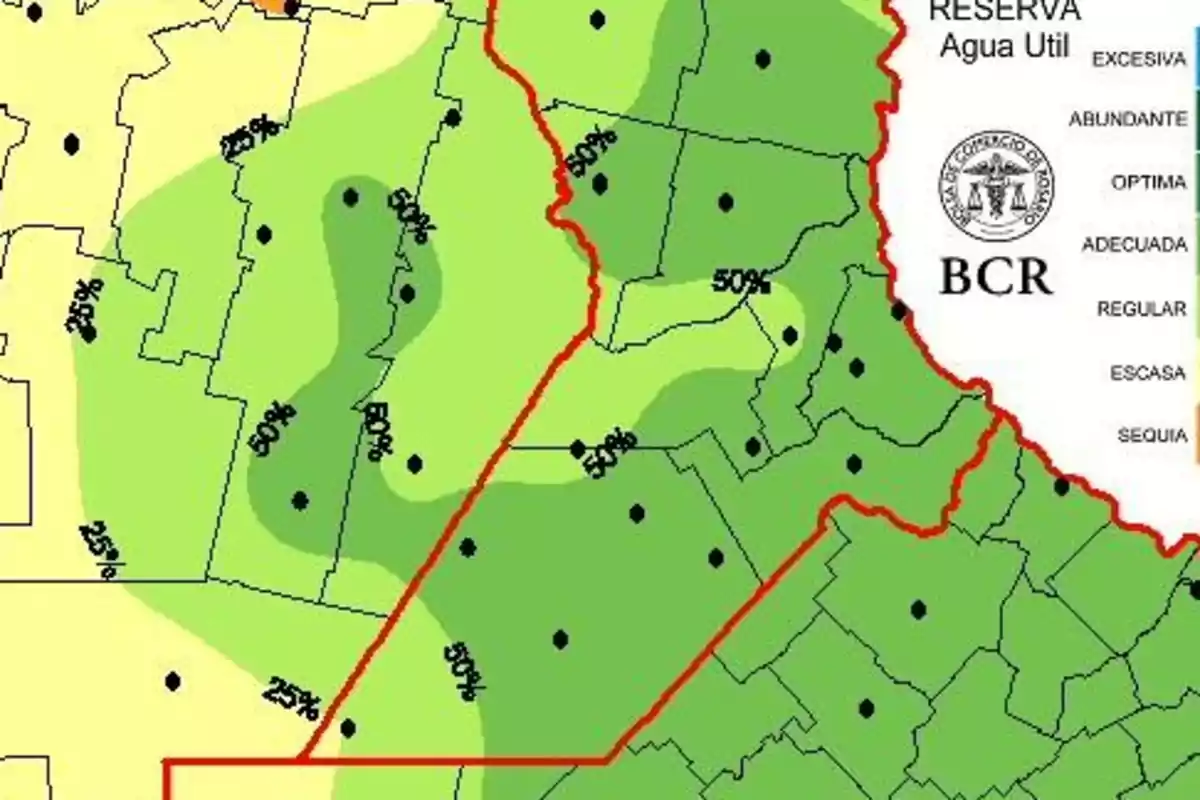
Unusual rainfall records encourage wheat planting in Córdoba
Up to 30 millimeters (1.18 inches) fell in two days in the southeast of the province
The significant amount of water left by the latest rains in the southeast ofCórdoba encourages wheat planting, according to the latest report from the Rosario Board of Trade.
Up to 30 millimeters (1.18 inches) accumulated in the middle of winter, a rather unusual time when water scarcity was already beginning to be noticeable.
The rains surprised with values that even double the monthly averages for all of July in that area.

In eastern Córdoba, Hernández accumulated 30 mm (1.18 inches), Bell Ville 24 mm (0.94 inches), Idiazabal and Noetinger 20 mm (0.79 inches), Guatimozín and Pozo del Molle 18 mm (0.71 inches).
July rains in Córdoba, an excellent sign for wheat
"These rains reaffirm the emergence, ensuring that wheat begins its cycle with seedlings that won't have problems establishing themselves in the initial phase of their development. They're an excellent sign indicating that the core region is on the right track toward a high-potential season. These accumulations also confirm the forecast of a wetter winter with above-average rainfall. Meanwhile, in the middle of the week, there are new forecasts of rain for the central region," stated the Rosario Board of Trade.

Regarding this, consultant Alfredo Elorriaga commented that "the forecast models indicate that during the second half of July, moderate temperatures will continue to prevail, although always within winter parameters, mainly due to the influence of northeast circulation. The persistence of airflow from that direction will also continue providing potentially useful moisture for the development of precipitation over the center of the Pampas region when the advance of colder frontal systems from Patagonia causes a confrontation of air masses."
Wheat planting in the 2025-26 season
Wheat planting in Argentina for the 2025/26 season is estimated to reach a historic record, with an area of 6.7 million hectares, according to the Buenos Aires Grain Exchange.
This figure would match the historical maximum recorded by the same entity
More posts: